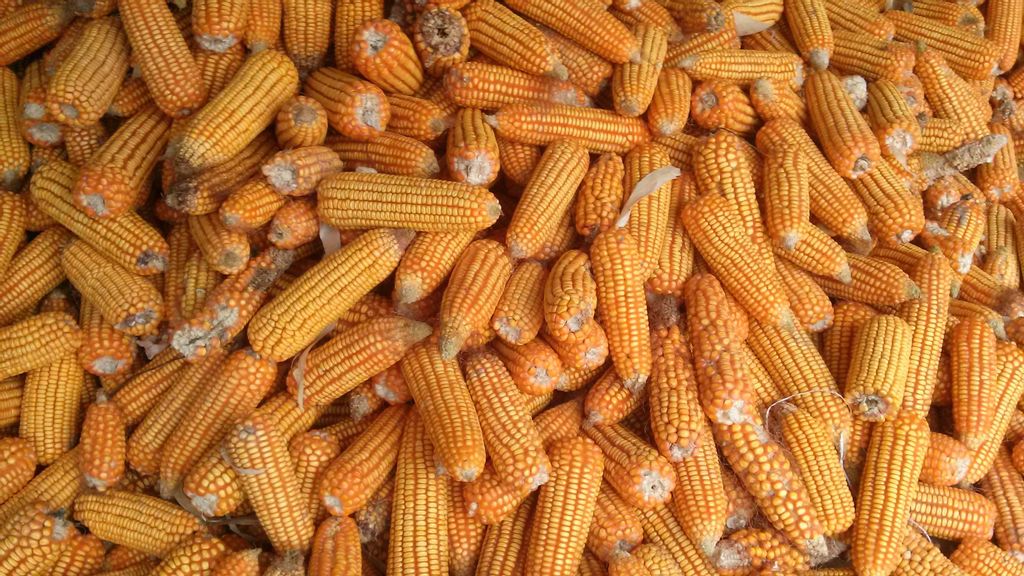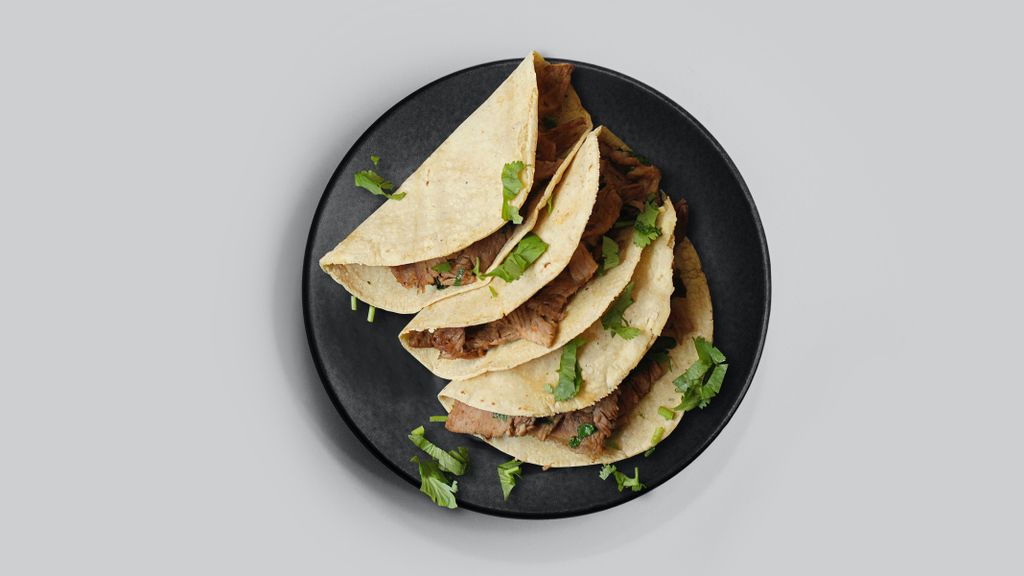For the early civilizations in the Americas to thrive, they had to domesticate a food source that was both nutritious and abundant. Corn became that golden staple, but the path to benefit from it was not simple.
Corn kernels were hard to grind, and they were not as nutritious. Pre-Hispanic people overcame these obstacles by processing the corn, thus creating nixtamalization.
To nixtamalize corn, people soak it in an alkaline solution, usually limewater. Through this process, the kernels cook and soften, and their hulls come off. After washing and hulling them, they are ready to grind and make masa.
Pre-Hispanic peoples practiced nixtamalization in different ways. While cooks in Mexico used firewood ash to cook the kernels, boiling them was the solution in other parts of Latin America.
An essential process for preparing tortillas, pozole and tamales, nixtamalization is still a common practice.
“Tortillerías still carry out the nixtamalization process in huge boilers, where they cook the corn with lime,” said Mauricio Hernández Castro, a graduate in gastronomy in Veracruz, Mexico.

After the nixtamalization process, “the corn goes to the mill and later to the machine where tortillas are made,” said Hernandez.
Nixtamalization is a healthy process that improves corn’s nutritional quality.
“One might think that liming corn is harmful, but on the contrary. Nixtamalization serves as a preservation method and also enriches the masa, providing necessary minerals for the human body,” said Hernandez.
Scientists have discovered that corn provides 30 times more calcium after nixtamalization. Tortillas are also important sources of fiber, vitamins and minerals.

The process also works as a preservative for corn, delaying decomposition.
Mexicans know that this method works in the kitchen.
“When I make pozole at home, I always boil two kilos of corn in water with a quarter of lime,” said Carmen Mendoza Alcocer, a housewife from Veracruz. “If I don’t do this, the cacahuazintle corn won’t soften, much less its hulls will fall off.”
Mexico’s Federal Ministry of Agriculture, Livestock, Fisheries and Food estimates that Mexicans eat an average of 196.4 kg (432.9 lbs) of corn per capita per year, especially in tortillas and their derivatives.
(Translated and edited by Gabriela Olmos. Edited by Carlin Becker.)
The post The Secret Behind Tortillas Is Nixtamalization appeared first on Zenger News.
